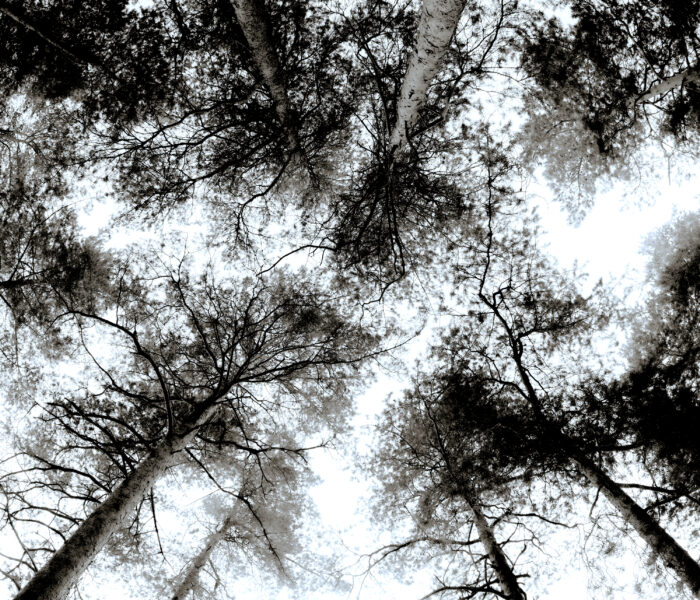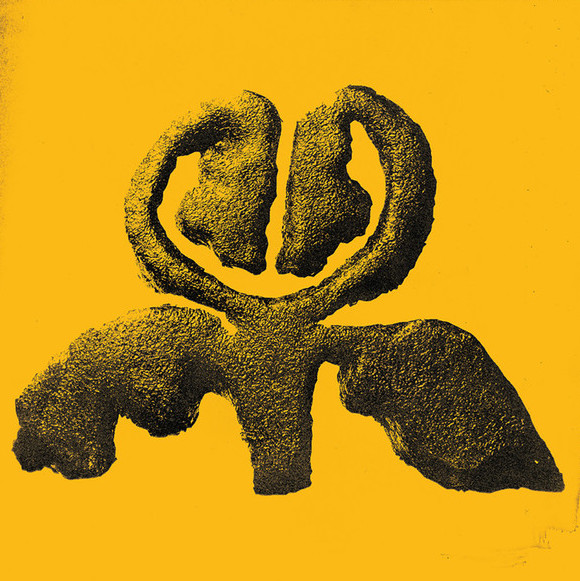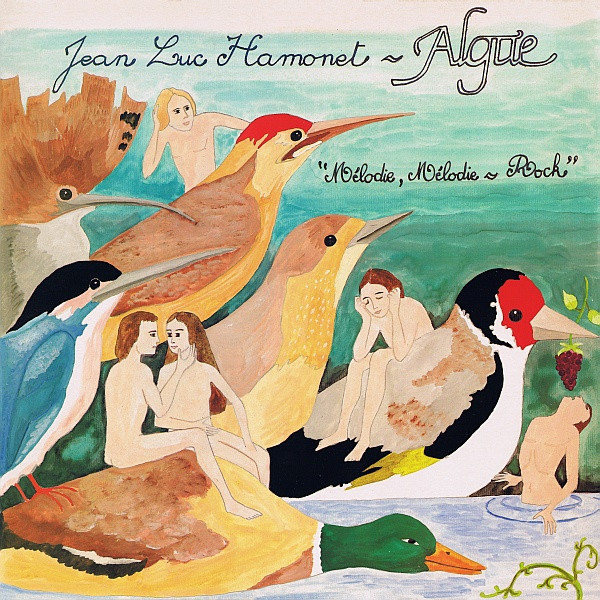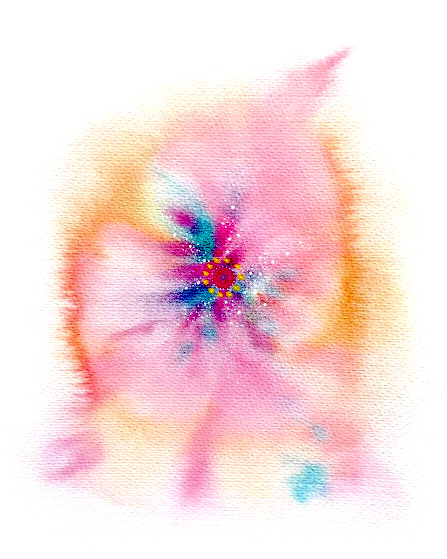"You don't have to call it music if the term shocks you." *
It's under this meaningful (as always) quote from John Cage that we've gathered together for this second episode devoted to vinyl sleeves, five records whose music is strange and intriguing, but all innovative in their time - and still today.
The 33 rpm lover is as attracted by the music as he is by the act of choosing it, holding the vinyl in his hands and constantly searching for optimum sound quality. Their curiosity leads them to take an interest in certain music only because the cover attracts them: a color, a face, a painting can do a lot to arouse interest. Vinyl lovers, here are five adventurers of sound who have taken particular care to disseminate their music as much through the recording as through the score, and whose choice of sleeve can speak volumes about their art.
Let's talk about exploratory art to satisfy music lovers and get rid of any often frustrating semantic debate. The label is stuck. Apart from that, what do Charlemagne Palestine, Alain Kremski, Luc Ferrari, Sofia Goubaïdulina and Dick Hyman have in common, if not to be of our time and to have spent their lives constantly searching for the boundaries of sound?
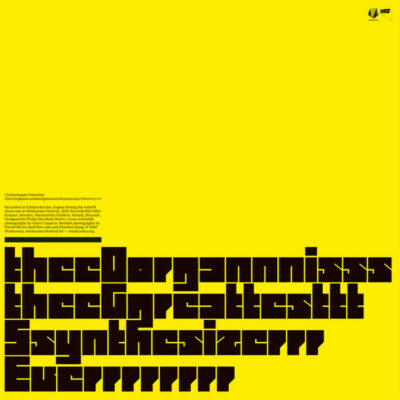
theeOorgannnissstheeGgreattestttSsynthesizerrrEverrrrrrrr is an album by the American maximalist musician (performer/plastician/carillonneur) Charlemagne Palestine released in 2020 on the Meakusma label . It's a unique performance on the organ of the Church of Peace in Eupen, Belgium. It features all the hallmarks of Charlemagne Palestine's art: notes held like a drone, the voice of Charlemagne Palestine himself oscillating between nostalgic mysticism and underground comedy, dissonant harmonies that waver and oscillate without ever resolving themselves, but above all a captivating sonic ambience that grabs us in a matter of seconds and transports us for over half an hour. The whole thing is transformed into an immense spiritual vibration, and from the photos of the audience in the beautiful booklet, we can tell that on this day, his famous quest for the "golden sound" must have been achieved. The cover of this record reminds us of the yellow of this much sought-after gold, with its signature habit of doubling, tripling and quadrupling most of its letters.

Three letters (ANS) to define a Russian synthesizer with an uncommon - almost unreal - and more than utopian sound universe, paying homage to the synesthetic composer Alexander Nikolayevich Scriabin, from whom the acronymic name takes its inspiration. Yevgeny Murzin conceived the idea for this synthesizer in 1938, but it would take over twenty years to bring it to fruition. The principle is quite simple, but the application is more than complex: this instrument enables photoelectric recording, transforming any image drawn on a plate into a series of elaborate sounds. The plates can be reused ad infinitum. This instrument was made famous (proportionately speaking) by composer Edward Artemiev, who composed several of Tarkovsky's film soundtracks. The great composer Sofia Goubaïdoulina uses this large-scale instrument for an incredible piece: Vivente-Non Vivente released in 1990 by Melodiya. Set alongside two other great works, this is certainly the composer's least-known, yet most innovative in terms of sound. It's hard to imagine music more terrifying, anguished and mysterious. Percussive sounds that give way to industrial sounds, almost human voices like a dislocated Russian choir, diabolical repetitive laughter, engine noises, bells, a woman's voice exhaling and so on. A rare sense of unease that the cover didn't even hint at. We dare not imagine the composer's drawing on the glass plate...
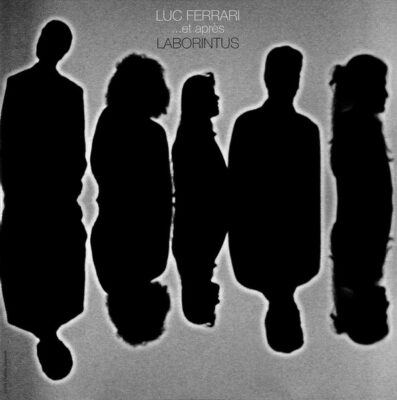
Five symmetrical shadows on a gray background to illustrate Luc Ferrari's multi-faceted music. Harpist Hélène Breschand - with theEnsemble Laborintus - has been interested for many years in the fascinating figure of Luc Ferrari with whom she has had the good fortune to work. She devotes a great deal of space to him in her repertoire, which is itself vast and eclectic. She is also a great interpreter of the work of Éliane Radigue. Luc Ferrari, who died in 2005, never fully entered musician's purgatory, but neither did he ever make it past the gates of the great concert halls, and that's a shame, because he was to France what John Cage was to the USA in his day: a protean precursor of genius. This former pupil of Cortot and Messiaen, who co-founded the GRM (Groupe de recherches musicales), was a pioneer of musique concrète and experimental music, who forged a highly personal - yet contemporary - and socially committed language. This double-disc ...Et Après (published by Alga Marghen) also features pieces by clarinettist and composer Sylvain Kassap (a tribute to the composer) and by Hélène Breschand herself. Several works originally for piano are adapted for harp - with Ferrari's approval - and include an anthology version of the magnificent À la recherche du rythme perdu. This compilation - or rather collection of small pieces , to borrow a title from one of Luc Ferrari's most interesting works - is an ideal introduction to a new facet of this composer's rich output.
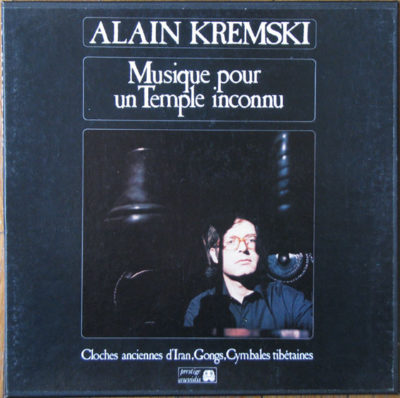
A serious face behind bells and thick glasses calls out to us: it's that ofAlain Kremski, a French composer and pianist whose demise has unfortunately not allowed the general public to rediscover him or musicians to reassess his historical importance. The time for his rediscovery has not yet come, but a disc could help: Musique pour un Temple inconnu was released in 1978 on the prestigious Auvidis label. Grand Prix de Rome at the age of 22, Alain Kremski was as much admired by Nadia Boulanger and Aaron Copland as he was by Olivier Messiaen and Igor Stravinsky. His attraction to Buddhist spirituality, the music of Gurdjieff and Nietzsche led him down a path far removed from the contemporary music cenacles of his day. Music for an Unknown Temple is a four-movement work for ancient Iranian bells, gongs and Tibetan cymbals, all played by Kremski himself in an immense improvisation or spontaneous composition. According to Kremski, this music is an opportunity " to give the listener a feeling of peace, of serenity, to bring him to a certain mental tranquility, while at the same time making him vibrate internally in a very active way". Between naturalistic ambient, meditative music and the tintinnabulis ofArvo Pärt, it's time to consider Alain Kremski's music as an important part of minimalist music in France.
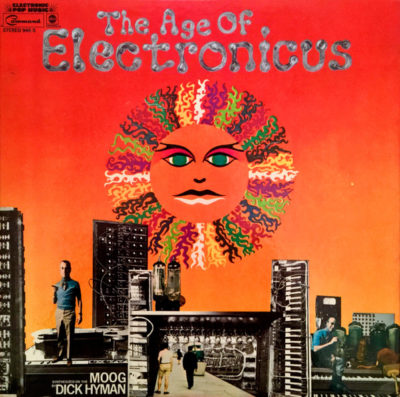
At the age of 95 Dick Hyman is the last living musician to have played with Charlie Parker. He is the living memory of jazz - in every style. His numerous recordings as a jazzman (over 250), his teaching books, his original compositions blending jazz and classical, his famous "à la manière de" great jazzmen, his film scores (Woody Allen), his lectures on the origins of ragtime and boogie-woogie and his marked attraction to the nascent synthesizer in the 60s make Dick Hyman an incredible chameleon and therefore an unknown. Yet he is one of the great precursors and popularizers of the Moog synthesizer. He has released several albums devoted to this new instrument, so difficult to master. He blithely mixes jazz, pop and classical influences, while trying to integrate contemporary atmospheres that are not too old-fashioned - which is quite a challenge when it comes to the Moog synthesizer. The Age of Electronicus was released in 1969 by Command and was a minor success. This disc contains several tracks that are covers of pop hits of the time (Beatles, Joni Mitchell, James Brown, Hair) all played with sounds that explore the (sometimes comic) possibilities of the Moog, but one track stands far above the rest and deserves an analysis of its own: Kolumbo . An original composition by Dick Hyman, this seven-minute-long track explores sounds that plunge us into the synthesizer itself, into its wiry meanderings, into its repetitive stridency that heralds techno or electro, with a haunting industrial rhythm sampled and covered many decades later by a certain Kanye West in God Level.
François Mardirossian



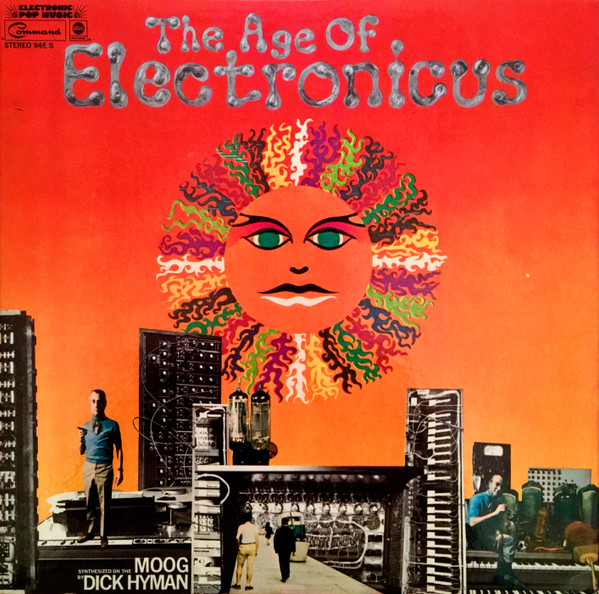)
